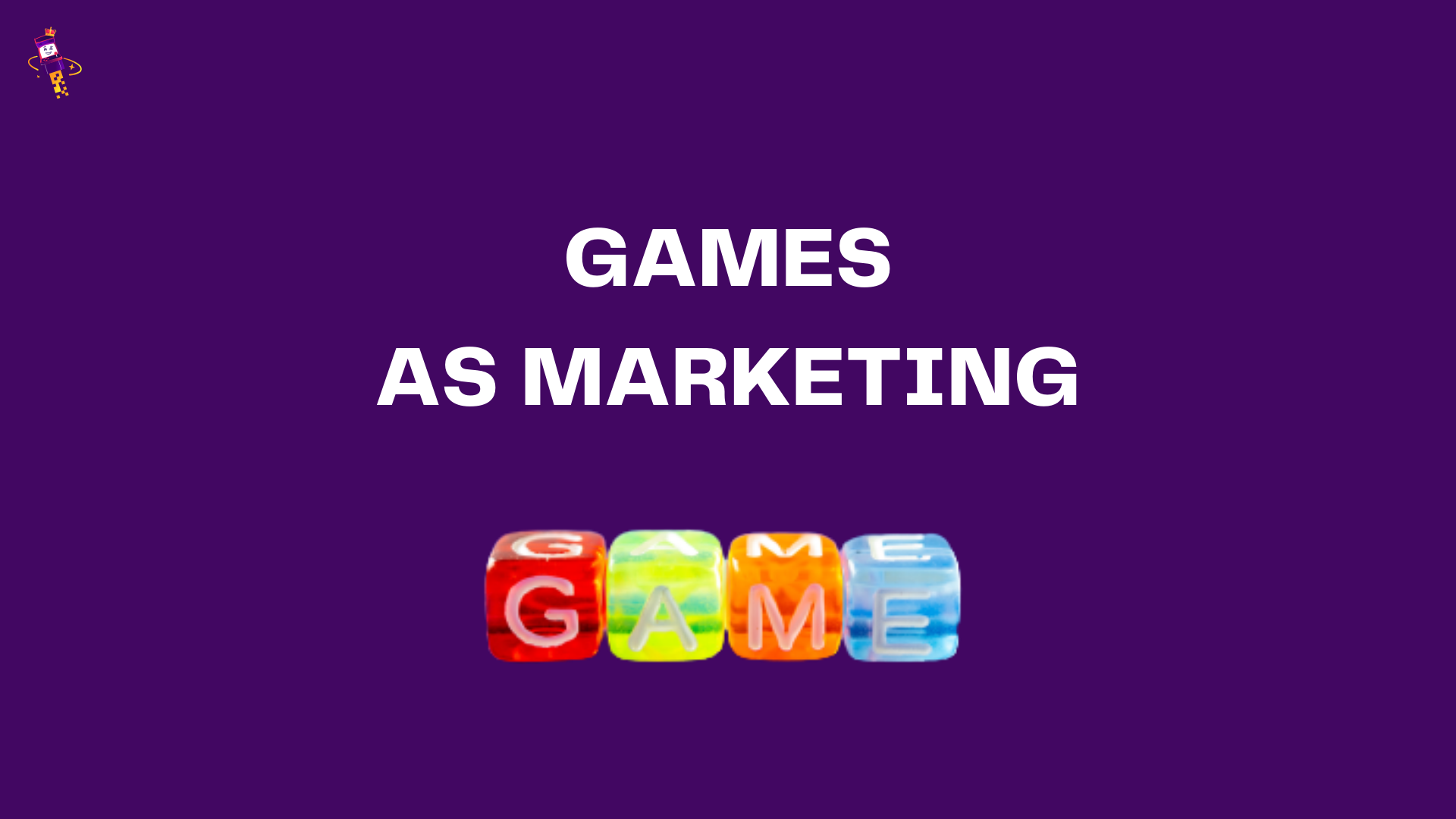
Games As Marketing: Powering Engagement Through Play.
In today's competitive business landscape, marketers are constantly searching for innovative ways to capture the attention of their target audience.
The market is rigged. Un-skippable video ads and blinking banners just don’t do the trick anymore.
Gamification involves applying game design principles and mechanics to non-game contexts, such as marketing campaigns.
By leveraging the natural human desire for play and competition, gamification can effectively engage users and drive desirable behaviors.
This article explores the concept of gamification in marketing, its benefits, and how it can be integrated into marketing strategies.
How Gamification Enhances User Engagement.
Gamification is a powerful tool for enhancing user engagement in marketing campaigns. By incorporating game elements, such as rewards, challenges, and leaderboards, marketers can tap into the natural human tendency to participate and compete.
This creates a sense of excitement and motivation that encourages users to actively engage with the brand.
One key aspect of gamification is rewarding users with incentives, such as virtual badges, points or discounts.
This makes users take specific actions, such as making a purchase, sharing content on social media or signing up for a newsletter.
These rewards foster a sense of accomplishment and status and drive users to continue engaging with the brand.
Furthermore, gamification can also enhance user engagement through the use of challenges. By presenting users with achievable yet progressively difficult tasks, marketers can create a sense of anticipation and curiosity.
Users are motivated to overcome these challenges, which keeps them actively engaged with the brand and its marketing campaign.
Tips for Integrating Game Elements into Marketing Strategies.
- Define Clear Objectives
- Understand Your Audience
- Provide Meaningful Rewards
- Incorporate Social Elements
Before implementing gamification, determine what specific behaviors or actions you want to encourage and align your game mechanics accordingly.
It is essential to understand your target audience. Research their preferences, motivations, and interests to design game mechanics that resonate with them.
Common or insignificant rewards may fail to motivate users, leading to a lack of engagement. Personalized rewards, exclusive content, or tangible benefits are more likely to drive user participation and loyalty.
Also, implementing features such as leaderboards, social sharing, and collaborative challenges can foster a sense of community and competition.
Encouraging users to interact and compete with their peers adds an extra layer of excitement and motivation.
